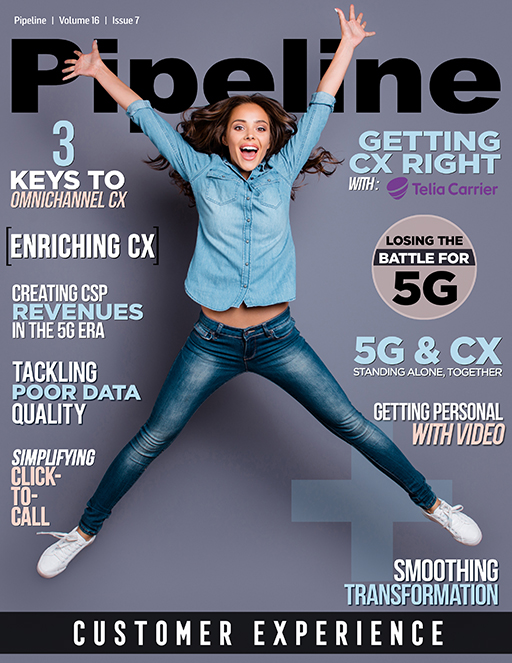5G and CX: Standing Alone, Together
The transition from a hybrid 4G/5G network to a pure 5G environment means there are a lot more things to think about, and a lot more moving parts and service partners to manage. And those operators that are interested in maintaining and enhancing their customer experience—which, frankly, should be all of them—must prepare now for that collaborative 5G customer experience of the future.
Of course, it is difficult for operators to prepare for the use cases of tomorrow when they do not know exactly what those innovative developers are cooking up in the background. However, they do know the advanced characteristic of a stand-alone 5G network that developers will most likely want to leverage. That characteristic is primarily low latency connections which operators and vendors alike have talked about endlessly.
The 5G CX conundrum
Operators also know the areas that are most likely to cause customer concern and consternation. A groundswell of headline-grabbing stories about 5G network vendors has gotten consumers worried about 5G’s security, privacy and the protection of their personal data. In Europe, the EU has cited the increased security risks posed by 5G. Ironically, this is because one of the key features of a 5G network—the ease with which services can be connected to it over open APIs—is also a feature that arguably makes it more vulnerable to hackers. As such, this is an issue that operators can neither ignore nor underestimate.
Forward-looking service providers are focusing their attention on the elements they need to master in order to deliver 5G services that can protect the customer experience. These are availability, reliability, and the security of the service and the end-to-end connection.
In addition, operators must also focus on interoperability. Given the partnership and collaborative approach to service delivery within the 5G ecosystem, measures must be put in place to test that all the various parts work together as expected. It’s no small task. According to Ericsson, annual shipments of 5G devices are projected to reach 160 million units by the end of 2020. That will be a plethora of platforms, protocols and products to manage and test.
When developing “minimum viable products” (MVPs) to release to the market, it’s important to bear in mind that it is likely these are going to be limited in terms of feature set, but that should not apply to the quality of the experience. Operators therefore have to ensure—and must have processes in place to test and prove—that all the features of the MVPs as they come online work perfectly. They must also be able to test and approve additional features as they are added.
Customers who have a poor experience with a failing 5G product or service will blame the supplier, the network, or even both. And in the race to secure the early adopters in an ultra-competitive market, operators cannot afford to have failing products and irate subscribers. Putting in place the controls that test those products and services and prevent them from being live on the network until they work flawlessly is the only way to maintain that excellent customer experience and retain your subscribers.
What’s more, given the number of players—large and small—that are likely to be involved in rolling out 5G services, testing is going to be more challenging and more difficult than anything the operators have faced before. That’s why there are now several labs where multiple vendors and operators can work in collaboration to test out potential 5G services together.
Stand-alone 5G networks will rise or fall on the strength of their collaborations and the ability of service providers to manage them and guarantee the service levels required. If that isn’t top of mind right now, they are in danger of putting their overall customer experience at risk.
Operators that aren’t focused on this would be wise to heed another Benjamin Franklin saying: “Lost time is never found again.” The time to perfect your 5G customer experience is now.



















